How to keep your towels from shedding
20th Sep 2024

Do your towels seem to shed more than your pet? Often, especially when towels are new, they may have excess fibres that cause lint to appear when you wash or use them.
Don’t worry, this is totally normal - most towels are made from cotton, and being a natural fibre, it is subject to some degree of shedding. But if excess lint is driving you up the wall, there is a way to fix it! We’ve got the ultimate guide to bid farewell to lint and say hello to fluffy towel goodness. When your new towels bring more fuzz than comfort, just follow these simple steps.
Step 1: Shake it Off
First thing’s first, when you first receive your towels, before you use them or wash them, it’s important to give them a good shake to remove any loose surface lint. You might want to do this outside, otherwise your next step is going to be dusting off every surface you’ve just shaken lint all over!
Step 2: Dryer Magic
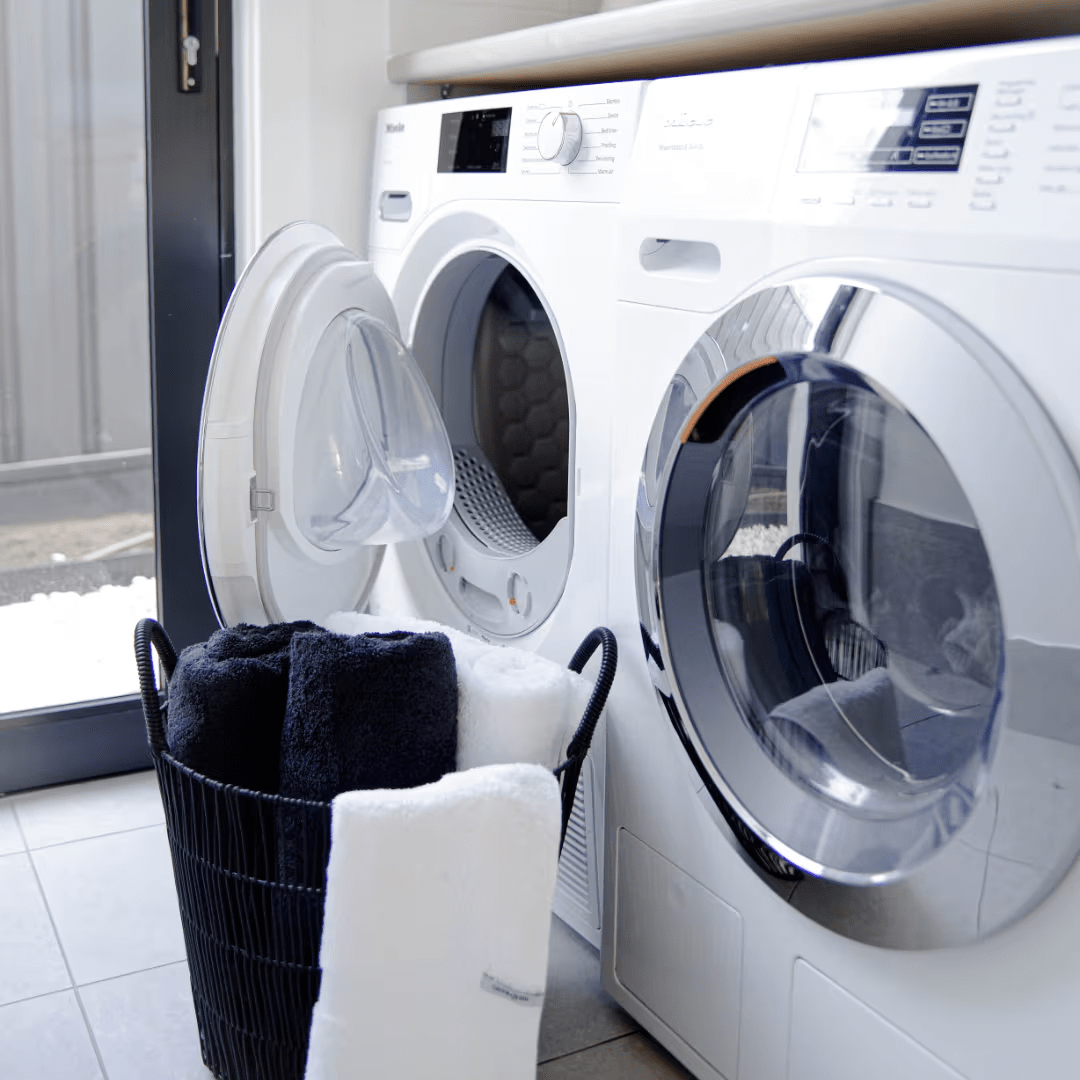
Yes - we’re using the dryer BEFORE washing! This might sound counterintuitive, but bear with us.
Got a dryer? Excellent! Ensure the lint trap is spotless, then throw your towels in on the lowest heat setting. No dryer? No problem! Just jump straight to step four.
Get the look
Step 3: Post Dryer Shake
Once the dryer dance is done, pull out your towels and give them another vigorous shake for good measure.
Step 4: Bicarb or Vinegar Soak
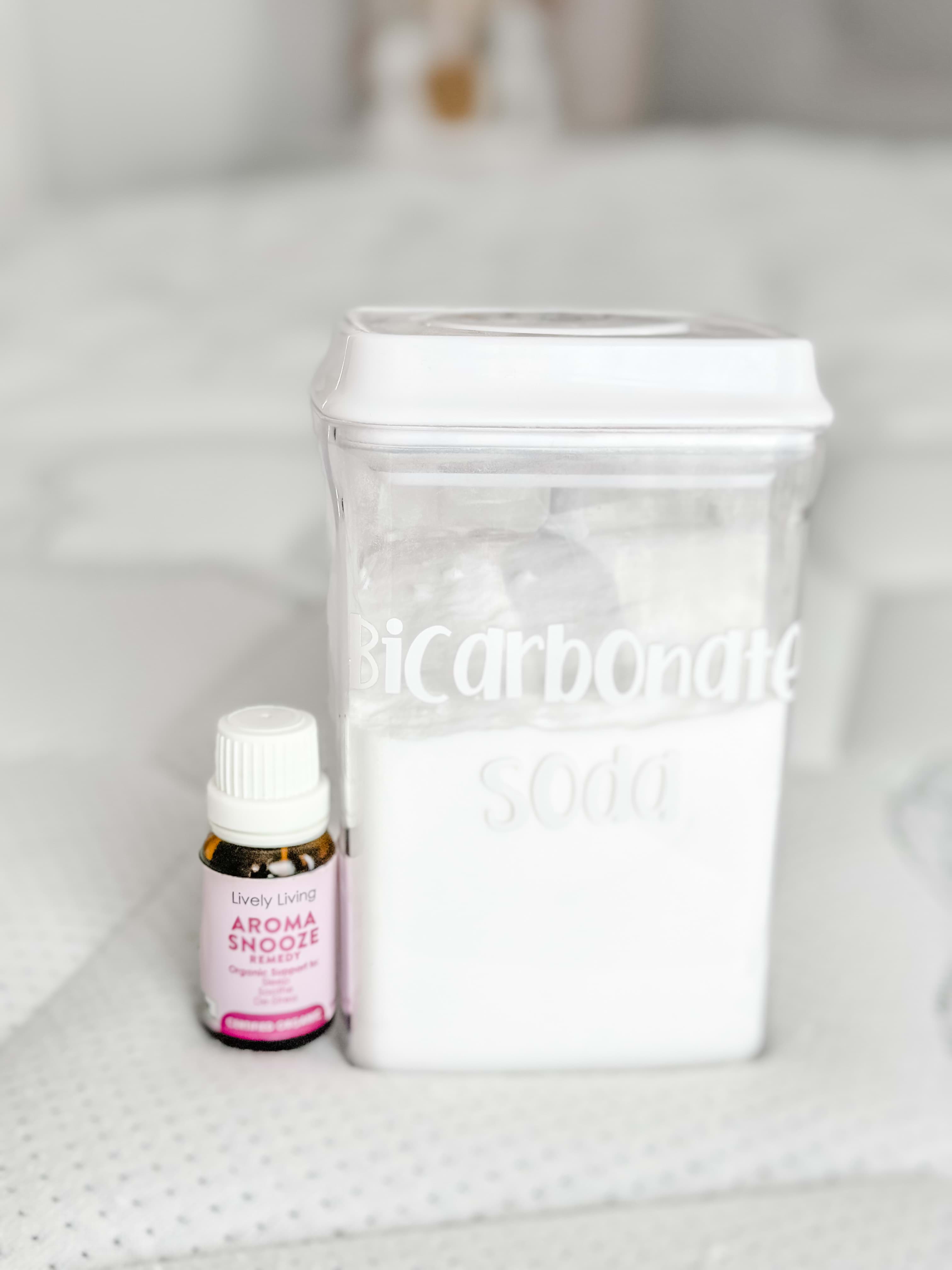
Pop your towels into the washing machine on their own, add ½ cup of bicarb soda or vinegar, and your usual detergent. Crank up the heat for a hot wash and let the combination of hot water and vinegar or bicarb break down any excess lint.
Step 5: Washing Machine Wisdom
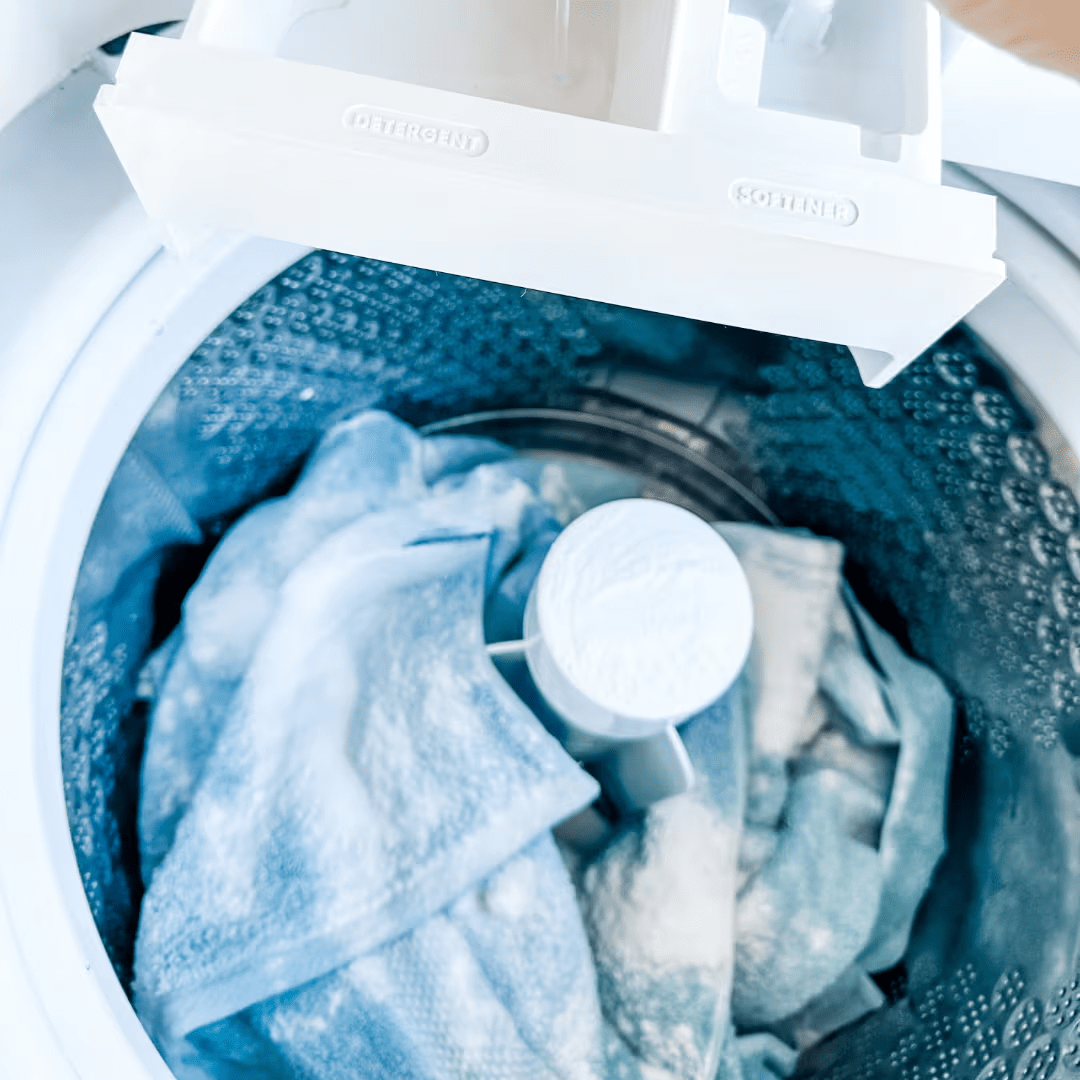
Always avoid overloading the machine - give those towels space to shake off any excess loose fibres, rather than crowding together and pushing loose lint deeper into the pile of your towels.
Separating towels is also critical to avoid pulls and pills on your towel from friction or catching on buttons, zippers, etc on the rest of your wash. We also recommend sorting your towels into lights, darks and colours, just as you would with your clothes, to ensure your towel colours remain vivid and clean looking.
Get the look
Step 6: Vinegar Softener Swap
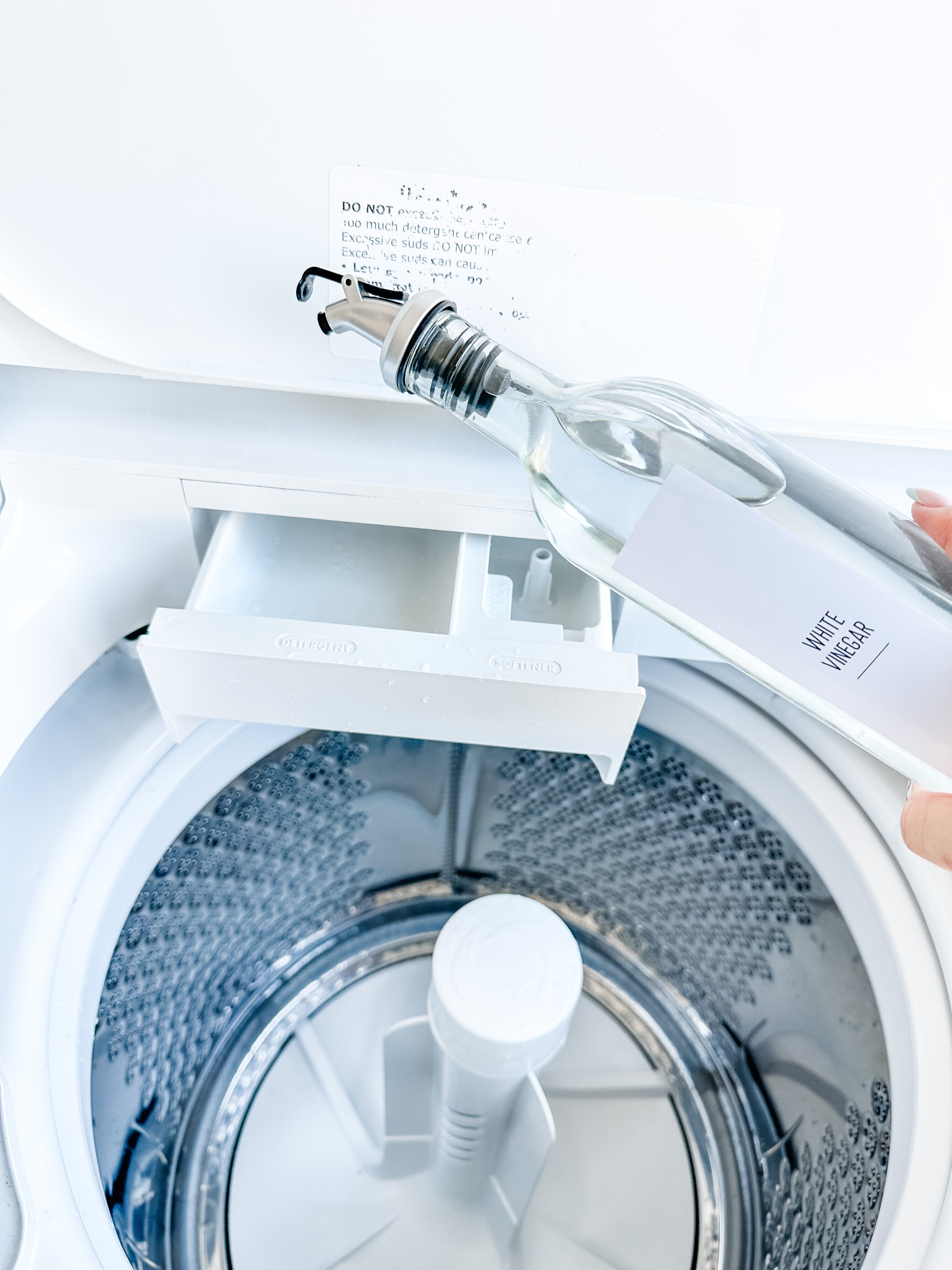
Ditch fabric softeners - these can actually contribute to lint build-up over time (they also coat a towel’s fibres, which can result in decreased absorbency). Instead, embrace the natural softening properties of vinegar for long-lasting, perfectly fluffy towels.
Just add a ¼ cup of vinegar into the fabric softener compartment of your machine with each load.
Step 7: Post-Wash Shake Encore
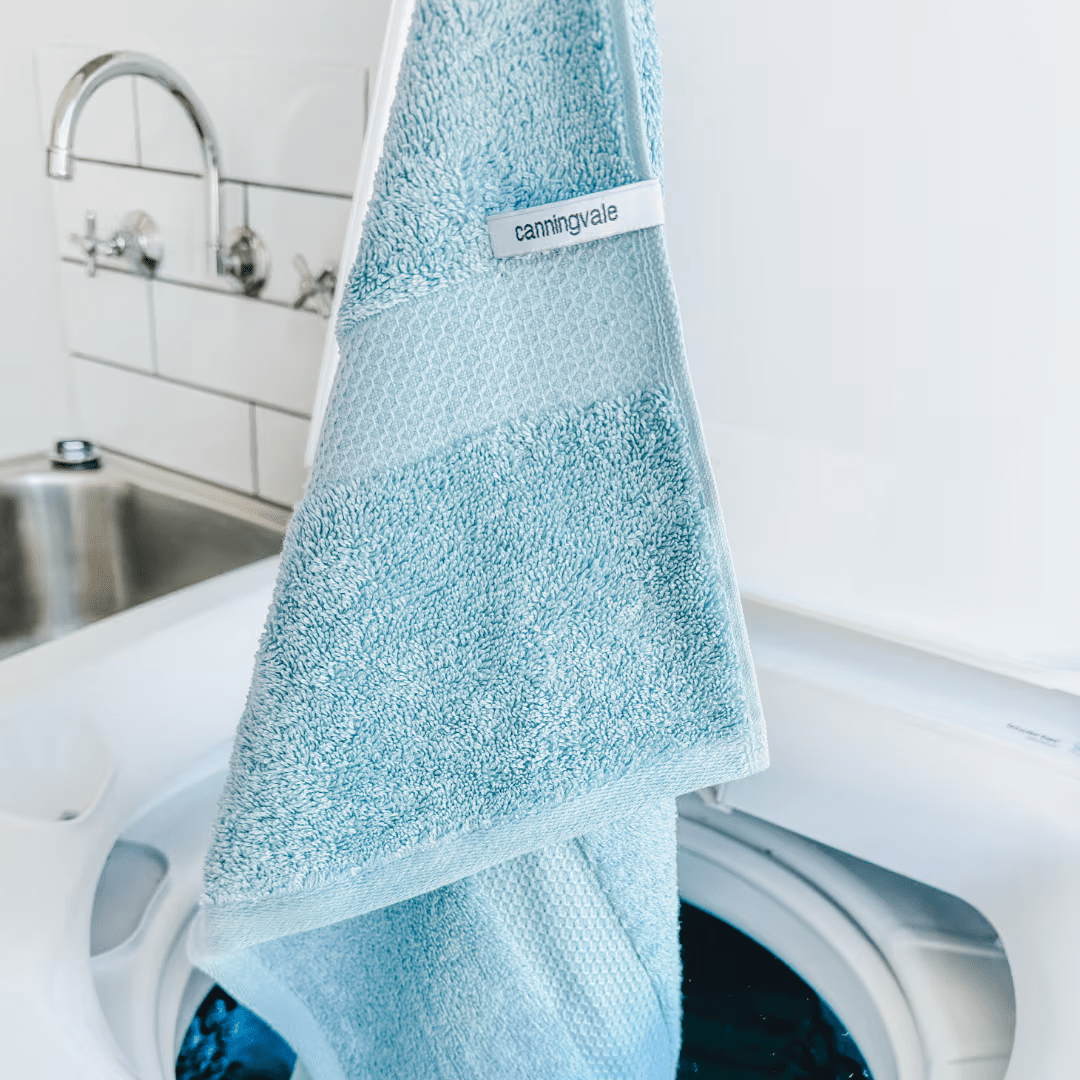
After every wash, take your towels out of the machine and shake them like you’re celebrating a lint-free victory!
Get the look
Step 8: Dry Down
Dry your towels on a warm heat setting in the dryer (removing any lint in the lint trap first) or dry them naturally in the sun.
Drying your towels on hot can actually dry out your towel's fibres TOO much, leaving them parched and scratchy. Tumble drying on low/warm helps prevent any damage to the fibres. Also, make sure to take your towels out of the dryer as soon as they are dry, leave them in too long and they will start to wear out around the edges, as this is the first part of the towel to dry.
9. Wool Ball Wizardry
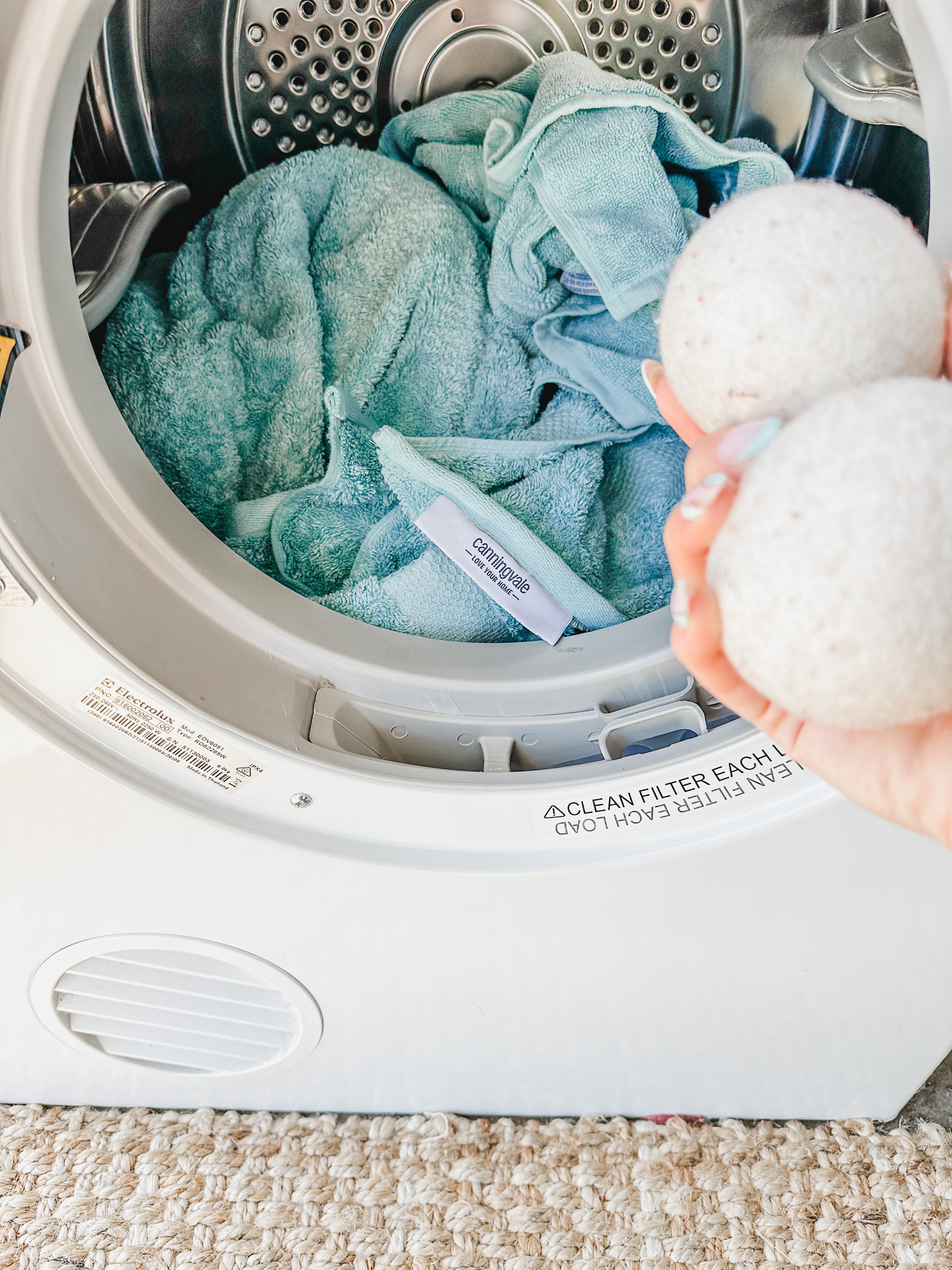
Get the look
Toss in a couple of wool balls if you’re using a dryer. These little heroes naturally soften and fluff your towels while they’re drying, ensuring lint is shaken off and left in the dust.
Congratulations, you’ve just mastered the art of lint-free towel bliss. Fluffy, soft and ready for action. Drying off has never been so fabulous.

 Bedroom Clearance
Bedroom Clearance







 Australian Dollar
Australian Dollar
 New Zealand Dollars
New Zealand Dollars
 US Dollars
US Dollars
